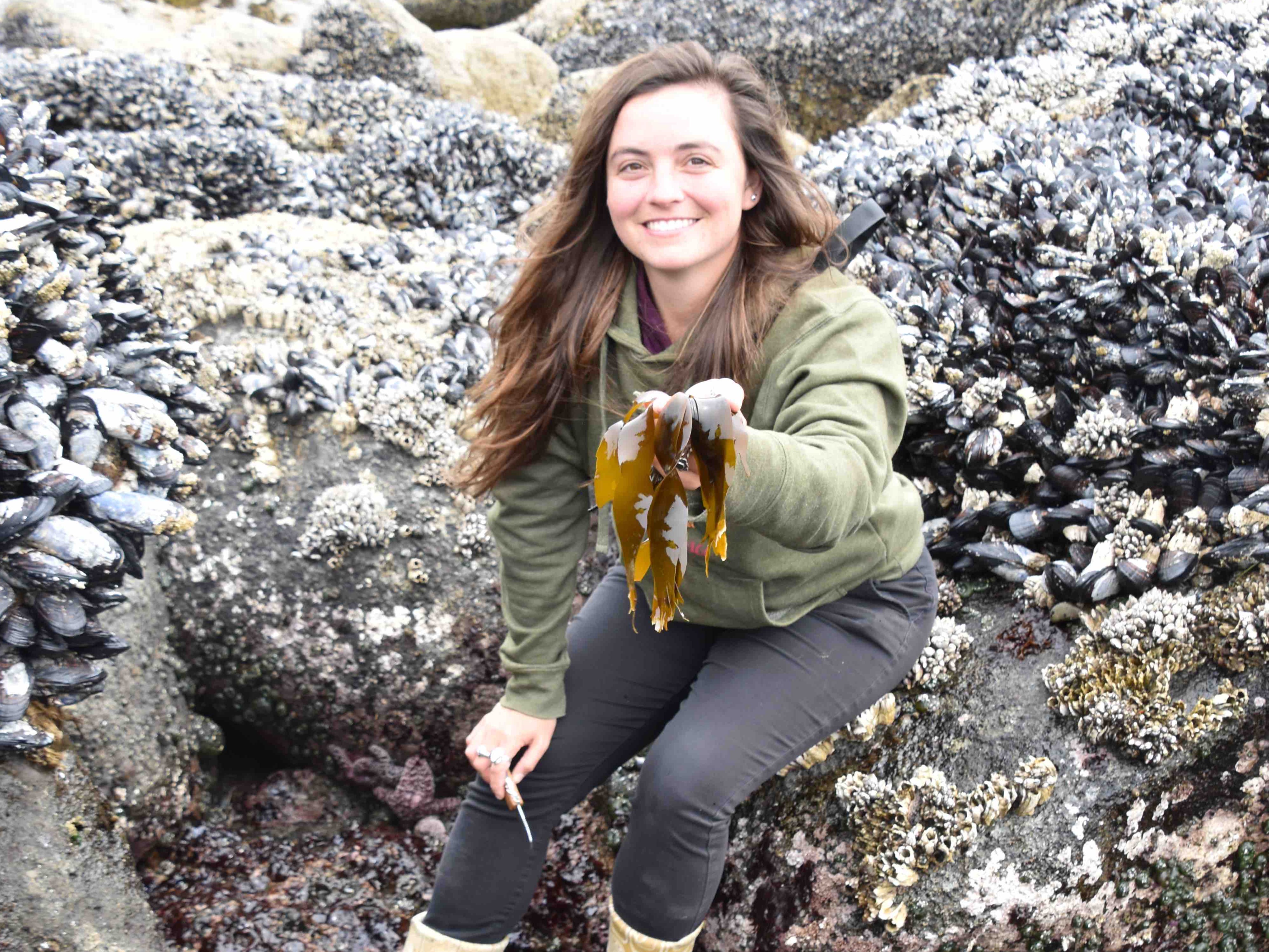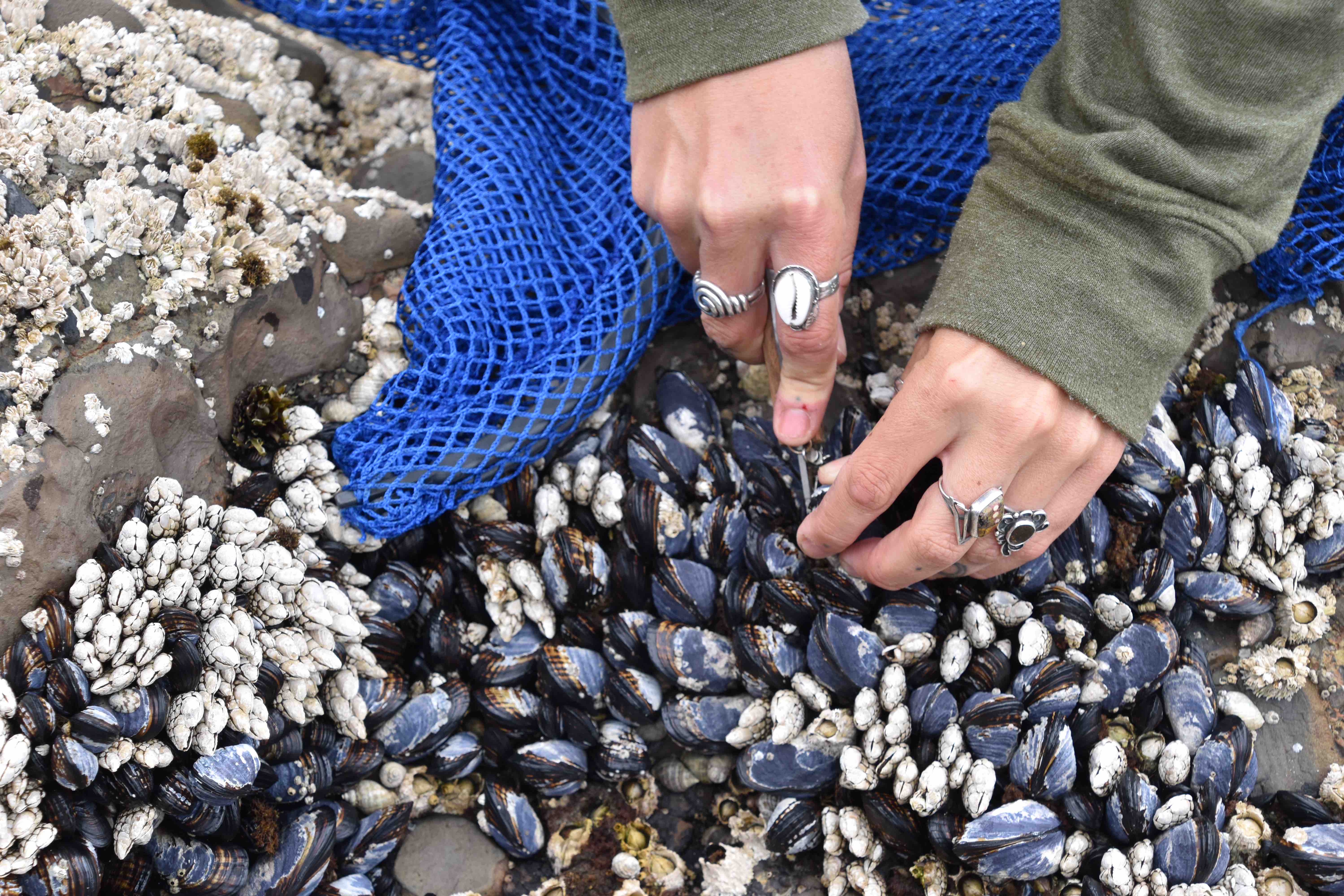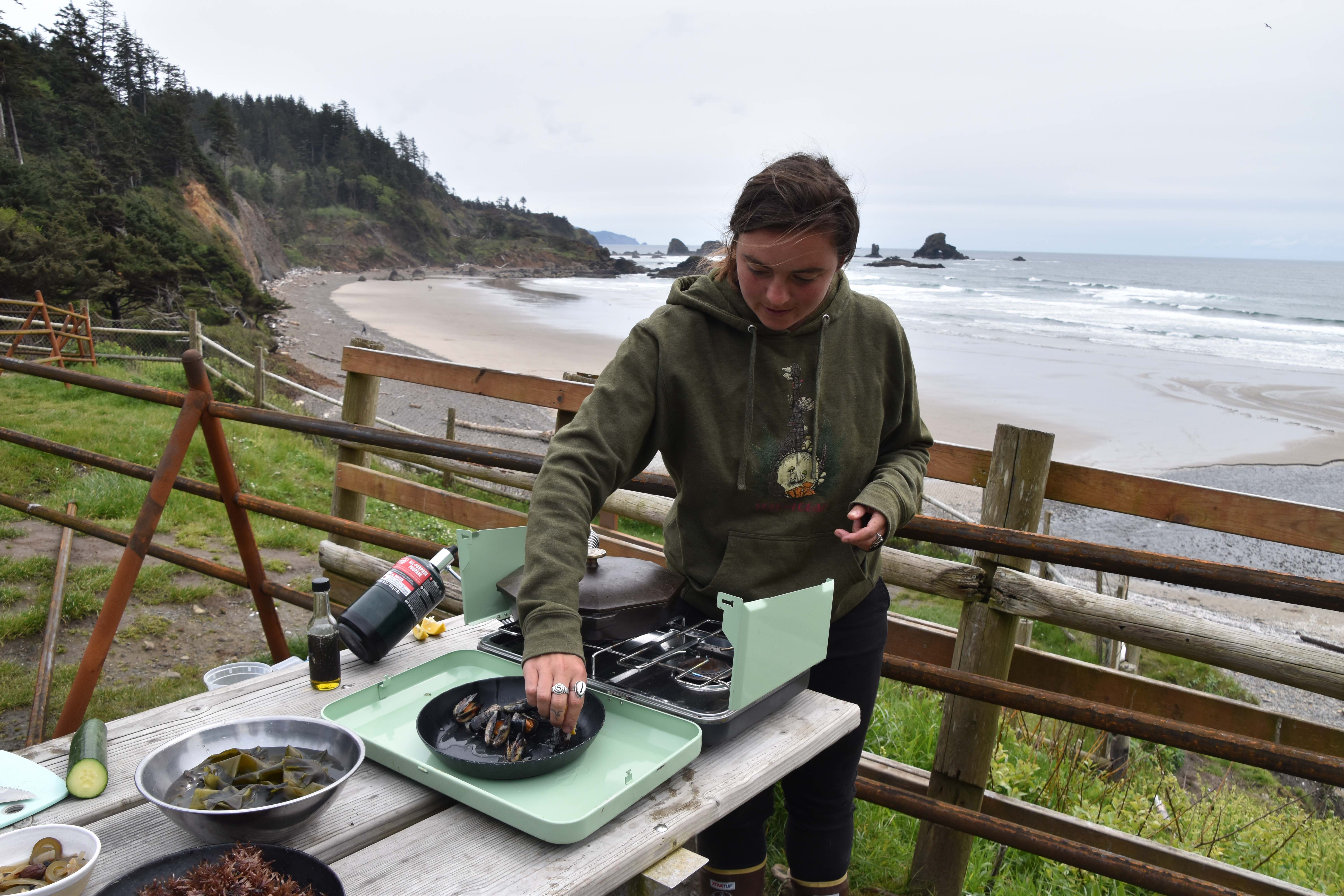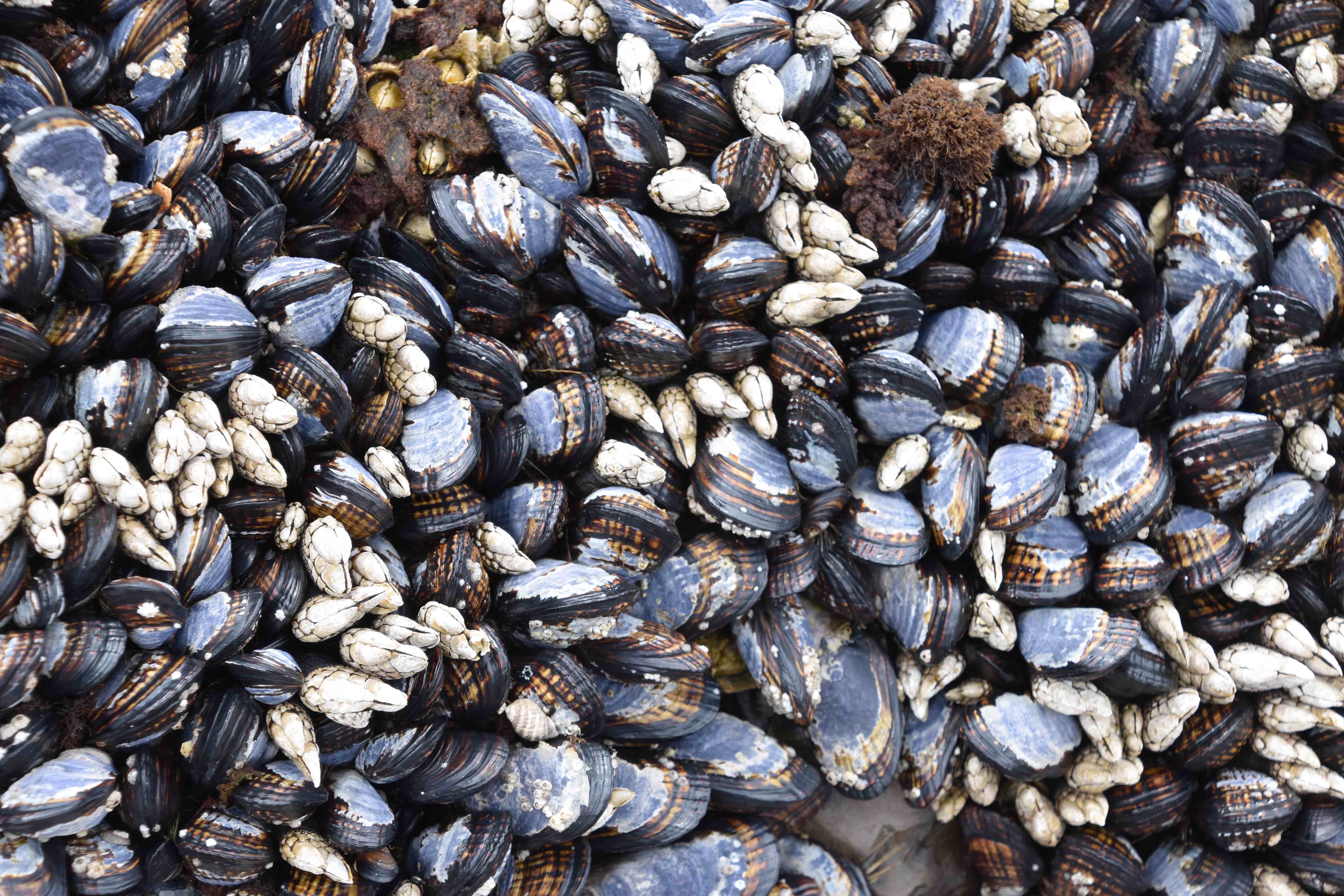This website uses cookies so that we can provide you with the best user experience possible. Cookie information is stored in your browser and performs functions such as recognising you when you return to our website and helping our team to understand which sections of the website you find most interesting and useful.
Your support helps us to tell the story
From reproductive rights to climate change to Big Tech, The Independent is on the ground when the story is developing. Whether it's investigating the financials of Elon Musk's pro-Trump PAC or producing our latest documentary, 'The A Word', which shines a light on the American women fighting for reproductive rights, we know how important it is to parse out the facts from the messaging.
At such a critical moment in US history, we need reporters on the ground. Your donation allows us to keep sending journalists to speak to both sides of the story.
The Independent is trusted by Americans across the entire political spectrum. And unlike many other quality news outlets, we choose not to lock Americans out of our reporting and analysis with paywalls. We believe quality journalism should be available to everyone, paid for by those who can afford it.
Your support makes all the difference.
With more than 360 miles of beaches, crashing surf, soaring dunes, migrating whales and dramatic sea stacks rising offshore, Oregon’s coastline is a mecca for nature lovers and adventurers. But as the ocean recedes, a watery wonderland of briny, slimy sea plants and gnarly crustaceans and molluscs emerge, rippling in the rock pools and blanketing the boulders with razor-sharp shells. This coastal emporium displays a smorgasbord of intertidal edibles; seaweeds packed with vitamins and minerals, sustainably grown and subtly seasoned with the saltiness of the sea.
To navigate the Pacific Ocean’s ebb and flow and discover the magical marine realm exposed at low tide, I explore with Alanna Kieffer, the founder of Shifting Tides, who offers foraging tours along the Oregon coast, home to some of the most diverse and abundant coastal ecosystems on the planet. Our afternoon adventure takes place on the wild, driftwood-strewn Indian Beach at Ecola State Park, a protected wilderness which is home to eight miles of the Oregon Coast Trail and swathes of dense, old-growth Sitka spruce forest, roamed by Roosevelt elk.
“Foraging is not only a way to connect people to this beautiful, nourishing place, but also to the nourishing food it provides,” she says, throwing her collector’s bag over her shoulder and leading me down to the beach. “I started Shifting Tides with sustainability and education in mind. A key focus is how we can keep our environments healthy while feeding the bajillion people on the planet, and looking at how food systems can shift and be sustainable.”

Reaching the tumble of rocks at the end of the beach, I follow Alanna’s rubber-booted steps, as she skillfully scales the slippery slabs, careful not to step on the tightly packed mats of deep-blue mussels and the craggy, claw-like goose barnacles, exposed by the ebbing tide. Taking out her knife, she gently severs slivers of nori and delicate frills of red Pacific dulse, ensuring she leaves the seaweeds’ “holdfast” in place on the rocks, allowing them to regrow, and only taking a little from each patch. Walking back along the shoreline, she scoops up a few shafts of rubbery kelp – the seaweed poster boy of America's Pacific northwest.
“The bull kelp forest that runs along the Oregon coast is a stunningly beautiful and vitally important ecosystem,” says Alanna, who studied biology with a focus on marine science at Oregon State University, before teaching students about the ocean in California, which inspired her passion for kelp. Soaring to heights of up to 30m, bull kelp can grow at a rate of up to 25cm a day, and provides critical habitat for more than 700 marine species including fish, sea anemones, sharks, seals and starfish. It also helps to protect the coastline and regulate the climate, sequestering carbon up to 30 times faster than terrestrial forests and helping to counter the impacts of acidification.
Sadly, like many of our biodiverse regions on land, kelp forests around the world are under threat. Two-thirds of Oregon’s canopy disappeared between 2010 and 2022 due to rising ocean temperatures and an explosion of purple sea urchins, which feed voraciously on the algae. Researchers from The Oregon Kelp Alliance (Orka) estimate this loss is costing the state $23m–$53m (£18.8m–£43.4m) every year, as local fisheries shrink, while the decline is also impacting indigenous communities, which have fished and foraged the Oregon coastline for millennia.

“Urchins aren’t an invasive species, which is a common misconception – they are native to our coastline – but we have lost nearly all of all the urchins’ predators, including sea otters and sunflower starfish,” explains Alanna. Sea otter populations were devastated during the 19th century for the fur trade, and while the marine mammals have returned to parts of California and Alaska, sadly they haven’t come back to Oregon. Meanwhile, a disease known as sea star wasting syndrome has wiped out 90 per cent of sunflower starfish since 2013, leaving the urchins to graze the kelp unchecked. On one rocky reef alone, researchers from the Oregon Department of Fish and Wildlife recently found 350 million urchins, a more than 10,000-fold increase since 2014. But the state’s ocean-loving locals aren’t prepared to lose their kelp forests without a fight.
Read more: I hiked to the UK’s most remote gastropub and foraged for my own dinner
“As Oregonians, we depend on the health of these waters for every aspect of our lives,” says Alanna. “Throughout the years, we’ve witnessed both positive and negative changes in our marine ecosystems, but there are now lots of cool sustainability projects happening along the coast – and plenty of exciting ways to interact with the ocean.”
With support from Oregon State University’s Oregon sea grant, Orka is developing collaborative projects to restore the kelp forest and control the sea urchin population. Elsewhere, indigenous-led non-profit Elakha Alliance is conducting scientific studies to assess the feasibility of reintroducing sea otters – animals of great cultural significance to indigenous people – to the state’s coastal regions.
“I call kelp the ‘if you build it, they will come species’,” says Dr Sara Hamilton, scientific coordinator at Orka. “They form habitat-like trees or coral reefs. Out in the ocean, there isn’t a lot of 3D structure, so when you get that 3D structure, zooplankton want to come and hide from predators. Then a fish will come to find the zooplankton. And then seals will come to eat the fish. It cascades up the trophic chain. Kelp forests are important habitats, particularly for juvenile fishes, including rockfish and salmon.”

Kelp is also incredibly good for humans. High in iodine, it supports thyroid health, and it’s packed with calcium and has potent antioxidant properties, too. But with kelp forests struggling, and marine ecosystems under pressure from climate change, overfishing and pollution, Alanna stresses the need to tread lightly.
“It’s important for foragers to check the local rules around seasons, take limits, licences and protected areas and species,” she says. “Educate yourself on the life history and reproductive strategies and structures of the species you are harvesting, so you won’t impact their reproduction, and never take all the seaweed from an area: only harvest what you’ll have time to process or use.”
To harness the benefits of seaweeds in a sustainable way, Oregon Seaweed produces Pacific dulse in what has become the largest land-based seaweed farm in the United States. As the company’s vice-president of sales and marketing, Alanna is helping to introduce the benefits of edible seaweeds – eaten historically by the indigenous tribes of the region – to a new generation of eco-conscious consumers. “Growing and eating Pacific dulse is another way for us to connect with our coastal waters – while contributing to its health in a positive way,” says Alanna.
Read more: From apitourism to agritourism – unusual ways to travel ethically
Founded in 2015, with locations now in Bandon and Garibaldi, Oregon Seaweed’s dulse is grown in land-based tanks using only the sun’s energy and fresh seawater pumped from the ocean. Sold to shops and restaurants in Oregon and Seattle, it’s also shipped worldwide and used by local chefs to make everything from soups to stir-fries and salad dressings. Astoria’s Bowline Hotel serves a seaweed charcuterie platter with dulse cream cheese at The Knot Bar, while Oregon-based HAB Sauce produces a seaweed chilli crisp sauce with dulse.

Passionate about protecting the ocean and committed to educating her community and visitors to Oregon about the state’s coastal ecosystems, Alanna co-founded Winter Waters, a state-wide seaweed-centric food festival that takes place each February, showcasing sustainable edibles, including seaweeds like dulse. “Dulse is one of the most earth-friendly vegetables in the world, as it’s fast-growing, carbon-absorbing, high in protein and it’s very versatile: it’s a sustainably produced ocean kale; a superfood of the sea,” explains Alanna, as she sets up a camp stove on the headland overlooking the beach, and begins to casually cook up her own seaweed storm.
“Sources of protein like seaweed can help our world heal, and I truly love nothing more than sharing my love of the ocean and the story of seaweed as a ‘climate cuisine’ with others,” she smiles, pan-frying the oceanic fruits of our labours: unleashing the savoury umami taste of the kelp, drawing out delicate nutty notes from the nori, and transforming deep-red Pacific dulse into a delicious delicacy with a hint of a taste of bacon.
Read more: I went on the Graceland tour that allows you to get closer to Elvis than ever before
“I’ve built my life in Oregon around the shifting tides: the pull of the moon on the water exposes a less-familiar ecosystem – one that is slightly more challenging to explore, but which opens our eyes to a world beyond our own,” she says. “I use these shifting tides to encourage a shift in mindset – and hopefully to help people build a deeper connection to this incredible environment, too.”
To book an Oregon seaweed foraging experience, visit shiftingtidesnw.com and find out more about the seaweeds of America’s Pacific Northwest coast at oregonseaweed.com.
Note: Always check with your doctor or a health professional before introducing seaweeds into your diet, especially if you have a thyroid condition.
Getting there
North American specialists Purely America offer self-drive holidays and escorted tours in Oregon and beyond. Their 10-night Wild Oregon: Pacific northwest rejuvenation tour costs from £1,499pp, including car hire, accommodation and international flights from London Heathrow to Portland.
First Nature Tours offer bespoke itineraries throughout Oregon and the Pacific northwest, with a focus on sustainable, regenerative travel; firstnaturetours.com
British Airways flies direct from London Heathrow to Portland international airport in just under 10 hours.
Where to stay
Headlands Coastal Lodge and Spa
With its stunning oceanfront location, Headlands Coastal Lodge and Spa offers a soothing sanctuary for sea lovers, with awe-inspiring views of Haystack Rock, and the soaring sand dune of Cape Kiwanda just a few barefoot steps away. Choose from one of 33 guest rooms or 18 cottages, all with sea views, fireplaces to warm up after a day in the surf, and hooded robes to cosy up in after a swim. The lodge’s tidepools spa has a fitness centre, outdoor hot tub, yoga studio and ocean-inspired treatments, while Headlands’ adventure coaches can arrange everything from kayaking to cycling, sandboarding and golf, and the Meridian Restaurant and Bar produces seasonal northwest cuisine, served with Oregon beers and wines.
Cannery Pier Hotel and Spa, Astoria
Known as Astoria’s Jewel on the River, the luxury boutique Cannery Pier Hotel and Spa has elegant suites and rooms overlooking (and overhanging) the Columbia River, all offering sweeping views of the historic Astoria-Megler Bridge. Use your in-room binoculars to spot seabirds skysurfing beyond your balcony from your panoramic window seat, take a soak in the mineral hot tub, hit the Finnish sauna, or treat yourself to a signature cannery coastal calm and detox massage or facial at the hotel’s Aveda spa. Cocktails, local Oregon wines, craft beers and a limited menu are served in the hotel’s Bar 600, or ride in style to one of the nearby eateries in Cannery Pier’s chauffeur-driven Rolls-Royce Silver Cloud.
Lauren Jarvis’s trip was supported by Purely America and Travel Oregon; for more information on planning a visit to Oregon, head to traveloregon.com
Read more: The best spa hotels in New York City



 Africana55 Radio
Africana55 Radio 
